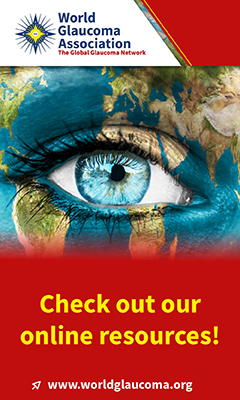advertisement

Editors Selection IGR 9-1
Intraocular pressure: Triamcinolone

Comment by Jost Jonas on:
16878 Short-term intraocular pressure trends after intravitreal triamcinolone injection, Lee EW; Hariprasad SM; Mieler WF et al., American Journal of Ophthalmology, 2007; 143: 365-367
Within the last five years, a major change in a paradigm has taken place now to consider the vitreous cavity as a drug reservoir for treatment of intraocular diseases like macular disorders (and potentially the glaucomas). Triamcinolone acetonide has been the first drug which has intravitreally been applied worldwide in a large scale. Since it is a steroid, one of the two major side-effects of intravitreal triamcinolone is a rise in intraocular pressure. Previous studies have shown that about 40% of patients receiving intravitreal triamcinolone react with a modest to severe elevation in IOP up to values as high as 60 mmHg. It has remained unclear whether the IOP rise already occurs in the first week after the injection so that the patients have to be checked already shortly after the injection. The study by Lee et al. (217) clearly shows that a triamcinolone induced IOP elevation may not be expected within the first week after the intervention. Although it is just a retrospective case-series study, the results of the study by Lee and colleagues clearly indicate that the steroid induced major rise in IOP usually occurs later than one week after the procedure. The results may have implications for the routinely taking care of
patients receiving an intravitreal injection of triamcinolone acetonide.
Comments
The comment section on the IGR website is restricted to WGA#One members only. Please log-in through your WGA#One account to continue.Log-in through WGA#One
